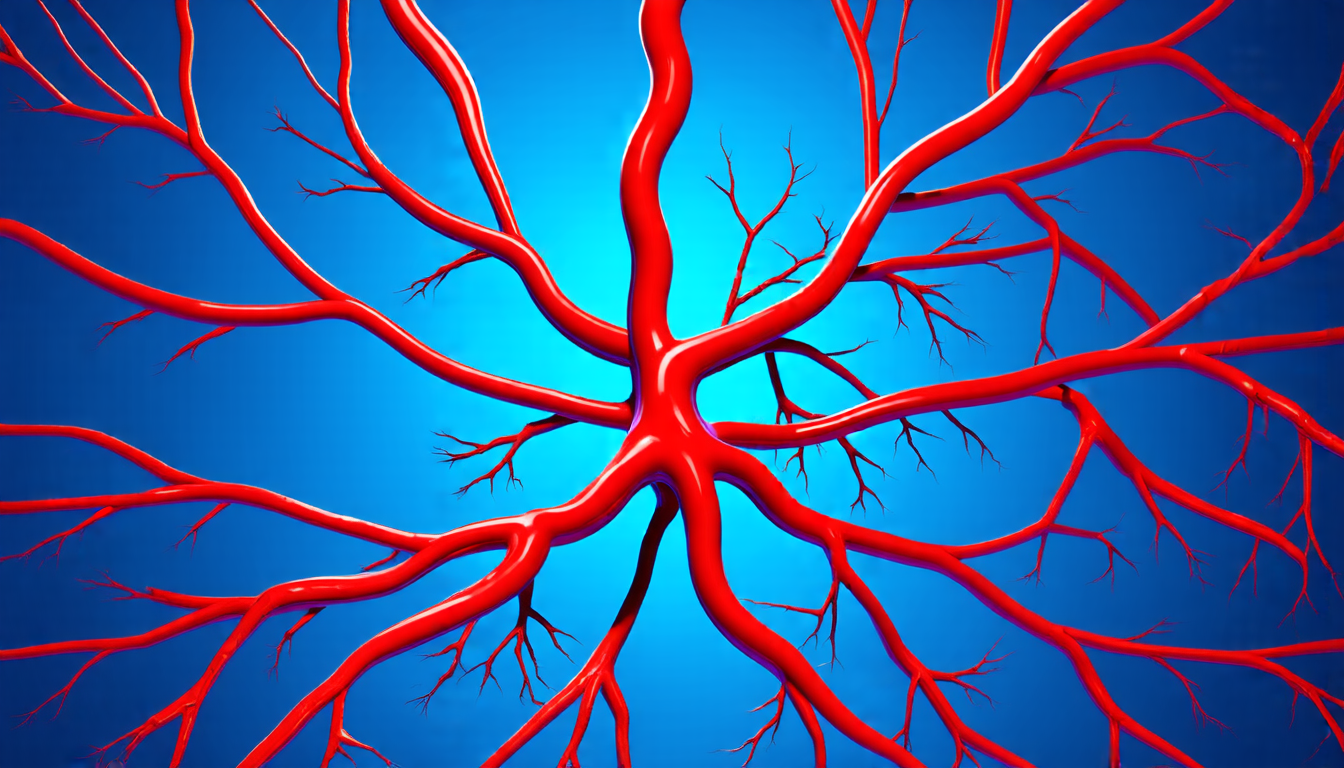Tuesday 22 July 2025
The quest for accurate medical image segmentation has been a longstanding challenge in the field of artificial intelligence. Researchers have been working tirelessly to develop more effective methods, and a recent breakthrough offers hope for improved diagnosis and treatment outcomes.
A team of scientists has created a new architecture called Boundary-Aware Vision Transformer (BAVT), which leverages the power of transformers to segment medical images with unprecedented accuracy. This innovative approach addresses a key limitation of traditional convolutional neural networks (CNNs) by incorporating edge-aware supervision, allowing for more precise delineation of fine vessel structures.
The BAVT model is designed specifically for the task of vascular segmentation in coronary angiography, where accurate identification of vessel boundaries is crucial for diagnosis and treatment planning. The team’s approach utilizes a transformer backbone with a shallow decoder, which enables efficient processing of large images while maintaining high accuracy.
One of the key advantages of the BAVT architecture is its ability to recover fine vessel structures that are often missed by CNN-based models. This is achieved through the incorporation of edge-aware supervision, which guides the model’s attention towards critical boundaries and ensures that it does not oversmooth or lose important details.
The team tested their model on a challenging dataset of coronary angiograms and compared its performance to that of state-of-the-art CNN-based models. The results were impressive, with BAVT achieving superior segmentation accuracy across all major metrics.
Moreover, the team demonstrated the scalability and efficiency of their model by deploying it on modern hardware, showing that it can handle large-scale medical imaging tasks without significant computational overhead.
The implications of this breakthrough are far-reaching, offering promise for improved diagnosis and treatment outcomes in a range of medical applications. By providing more accurate and detailed segmentation results, the BAVT architecture has the potential to revolutionize the field of medical imaging and transform patient care.
In the future, researchers plan to explore extensions of this architecture to other medical imaging tasks, such as 3D angiographic sequences and multi-view vessel tracking. With its impressive performance and scalability, the Boundary-Aware Vision Transformer is poised to become a game-changer in the world of medical AI.
Cite this article: “Boundary-Aware Vision Transformer: A Breakthrough in Medical Image Segmentation”, The Science Archive, 2025.
Medical Image Segmentation, Artificial Intelligence, Boundary-Aware Vision Transformer, Coronary Angiography, Vascular Segmentation, Convolutional Neural Networks, Edge-Aware Supervision, Medical Imaging, Computer Vision, Transformer Architecture







